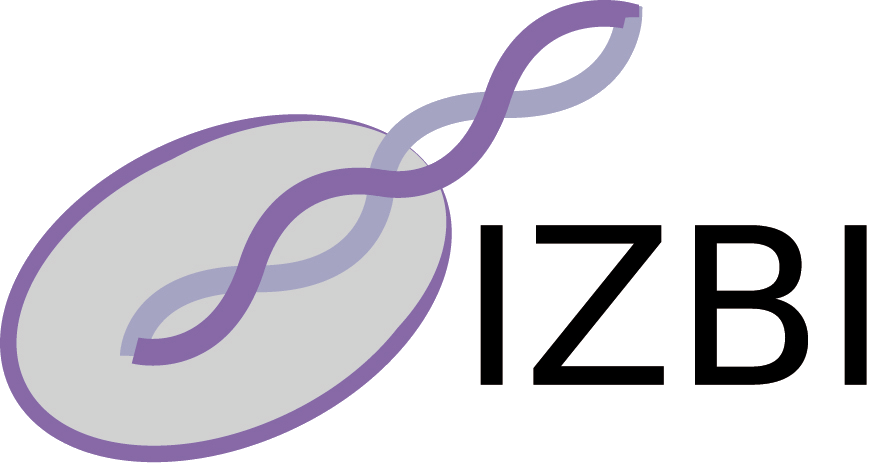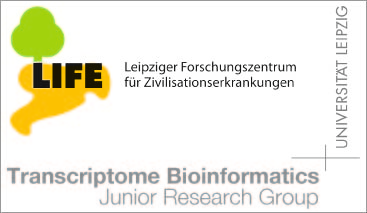Publications - Published papers
Please find below publications of our group. Currently, we list 565 papers. Some of the publications are in collaboration with the group of Sonja Prohaska and are also listed in the publication list for her individual group. Access to published papers ( ) is restricted to our local network and chosen collaborators.
If you have problems accessing electronic information, please let us know:
) is restricted to our local network and chosen collaborators.
If you have problems accessing electronic information, please let us know:
 ) is restricted to our local network and chosen collaborators.
If you have problems accessing electronic information, please let us know:
) is restricted to our local network and chosen collaborators.
If you have problems accessing electronic information, please let us know:©NOTICE: All papers are copyrighted by the authors; If you would like to use all or a portion of any paper, please contact the author.
Unity in defence: honeybee workers exhibit conserved molecular responses to diverse pathogens
Doublet, Vincent and Poeschl, Yvonne and Gogol-Döring, Andreas and Alaux, Cédric and Annoscia, Desiderato and Aurori, Christian and Barribeau, Seth M. and Bedoya-Reina, Oscar C. and Brown, Mark J. F. and Bull, James C. and Flenniken, Michelle L. and Galbraith, David A. and Genersch, Elke and Gisder, Sebastian and Grosse, Ivo and Holt, Holly L. and Hultmark, Dan and Lattorff, H. Michael G. and Le Conte, Yves and Manfredini, Fabio and McMahon, Dino P. and Moritz, Robin F. A. and Nazzi, Francesco and Ni\~no, Elina L. and Nowick, Katja and Rij, Ronald P. and Paxton, Robert J. and Grozinger, Christina M.
Download
PREPRINT 18-010:
Status: Published
BMC Genomics 18 (1): 207
Abstract
Organisms typically face infection by diverse pathogens, and hosts are thought to have developed specific responses to each type of pathogen they encounter. The advent of transcriptomics now makes it possible to test this hypothesis and compare host gene expression responses to multiple pathogens at a genome-wide scale. Here, we performed a meta-analysis of multiple published and new transcriptomes using a newly developed bioinformatics approach that filters genes based on their expression profile across datasets. Thereby, we identified common and unique molecular responses of a model host species, the honey bee (Apis mellifera), to its major pathogens and parasites: the Microsporidia Nosema apis and Nosema ceranae, RNA viruses, and the ectoparasitic mite Varroa destructor, which transmits viruses.















